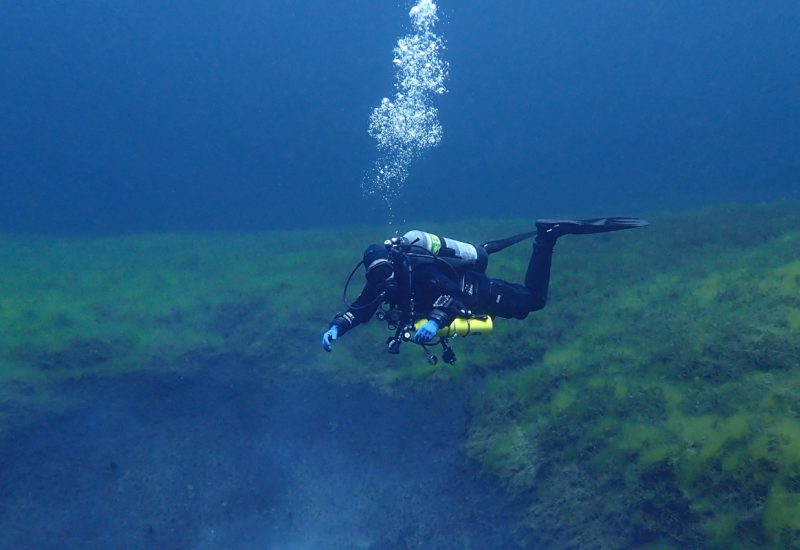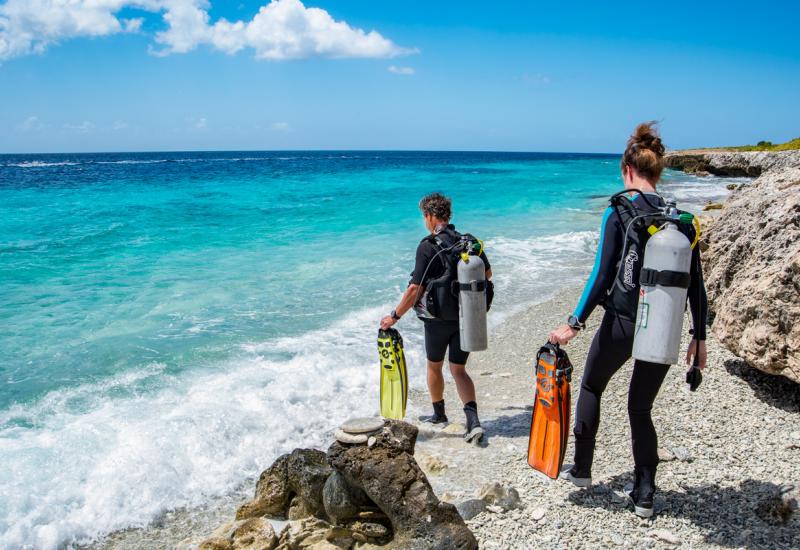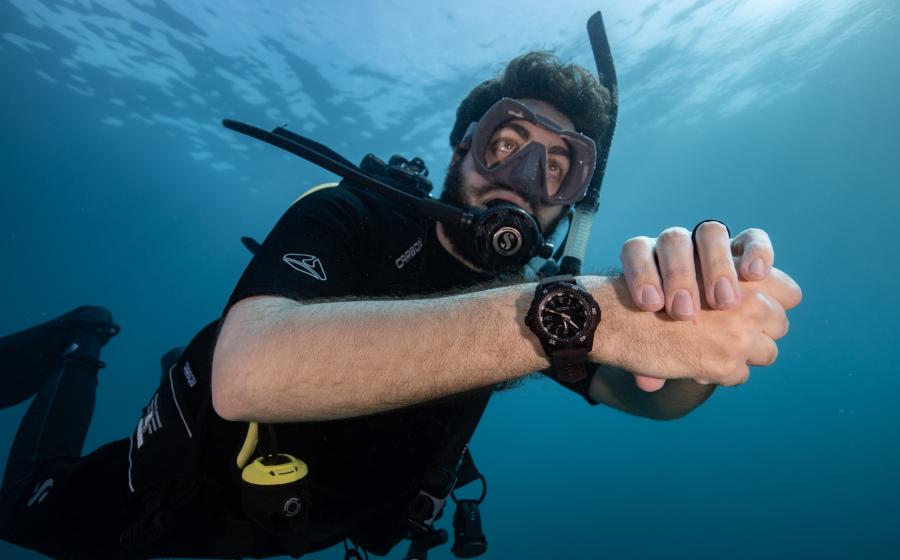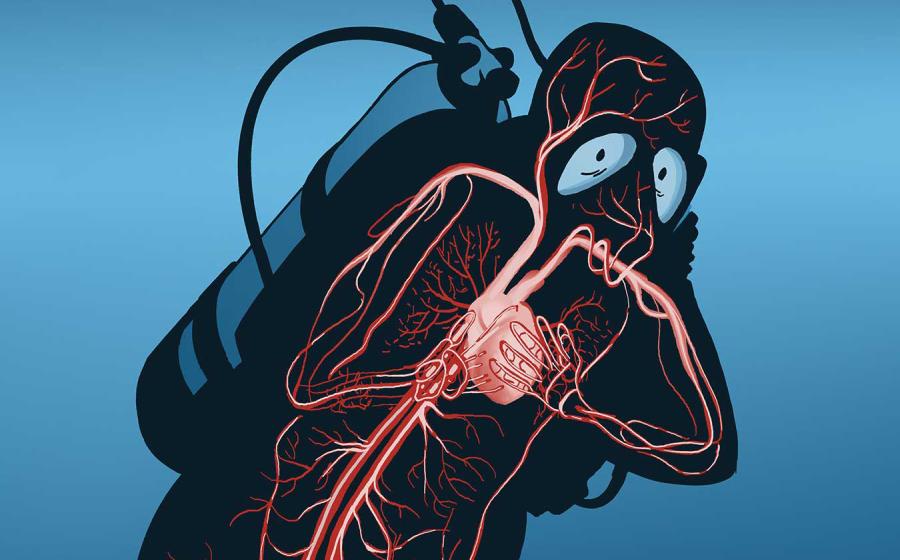How To Prep Your Brand-New Dive Computer for Scuba Diving

Out of the Box: Dive Computers
Do you know how to properly prepare your new dive computer?
Carrie Garcia
SETTING YOUR FUNCTIONS
1. Dial in the basics. Set your DC for feet or meters, Fahrenheit or Celsius, time and date. Once finished, you probably won’t ever have to set them again.
2. Air or nitrox. Virtually all recreational diving is done on either air, 32 percent nitrox or 36 percent nitrox. Note: Most computers have a default mode for nitrox settings that kick in after 24 hours, so even if you always dive 32 percent nitrox, you need to check your settings before diving.
3. Conservative factor. Most computers offer ways to program in levels of conservatism with specific conservative-factor settings, personal settings or altitude settings. Other computers will usually have bar graphs that enable you to build in a safety factor by simply backing of on the NDL loading pixels.
4. Alarms. Some divers like audible alarms, some prefer visual. Either way, you need a reminder to check air, depth, bottom time and NDLs. Note: Setting a depth alarm is good practice in general but critical if you’re diving nitrox.
5. Safety stop. On some computers, safety-stop settings are automatic. Others let you do your own programming. A standard safety stop is about three minutes at 15 to 20 feet.
Tips for Maintaining Your Dive Computer | Picking the Right Algorithm | How to Prep Your Camera Housing

Carrie GarciaDo you know how to properly prepare your new dive computer?
SETTING YOUR FUNCTIONS
1. Dial in the basics. Set your DC for feet or meters, Fahrenheit or Celsius, time and date. Once finished, you probably won’t ever have to set them again.
2. Air or nitrox. Virtually all recreational diving is done on either air, 32 percent nitrox or 36 percent nitrox. Note: Most computers have a default mode for nitrox settings that kick in after 24 hours, so even if you always dive 32 percent nitrox, you need to check your settings before diving.
3. Conservative factor. Most computers offer ways to program in levels of conservatism with specific conservative-factor settings, personal settings or altitude settings. Other computers will usually have bar graphs that enable you to build in a safety factor by simply backing of on the NDL loading pixels.
4. Alarms. Some divers like audible alarms, some prefer visual. Either way, you need a reminder to check air, depth, bottom time and NDLs. Note: Setting a depth alarm is good practice in general but critical if you’re diving nitrox.
5. Safety stop. On some computers, safety-stop settings are automatic. Others let you do your own programming. A standard safety stop is about three minutes at 15 to 20 feet.
Tips for Maintaining Your Dive Computer | Picking the Right Algorithm | How to Prep Your Camera Housing










